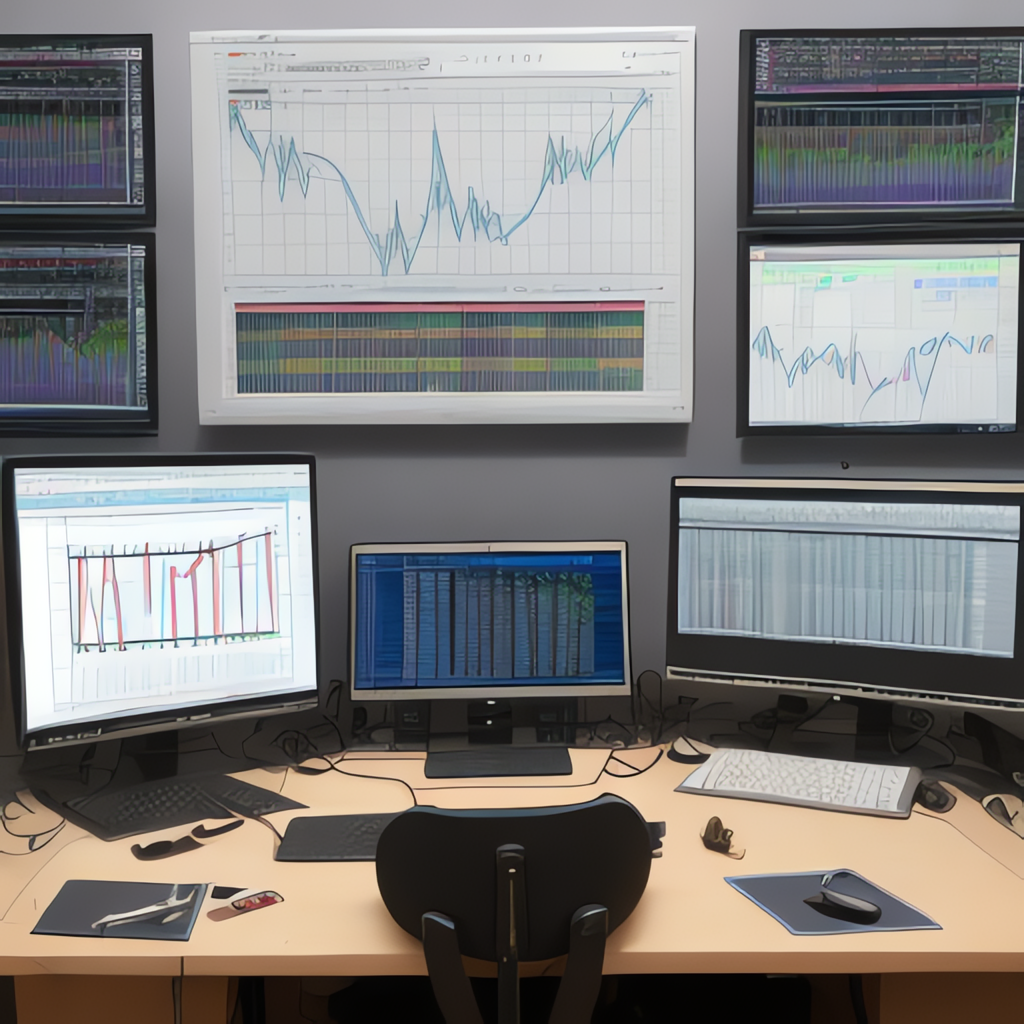Understanding the variety and purposes of visual data types is integral to creating effective data visualizations. Each type serves a unique role in conveying information, whether it’s to show distributions, compare values over time, or illustrate relationships. Here is a comprehensive guide to some of the most essential visual data types:
### Bar Charts
Bar charts are perfect for comparing discrete categories or grouping them. They are particularly useful when there are a limited number of data points or when comparing absolute values across categories. Vertical bar charts are common, as they work well with a horizontal axis displaying categories.
### Line Charts
Line charts are ideal for displaying trends over time or for illustrating continuous changes. When data points are joined by straight lines, we can see the progression and changes in a dataset. These charts are most advantageous when showing patterns and fluctuations over periods of time.
### Area Charts
Similar to line charts, area charts are used to illustrate trends over time. The area between the line and the X-axis creates a kind of “fill” effect which can highlight the magnitude of changes. They are particularly effective at revealing the cumulative effect of individual group trends.
### Stacked Area Charts
In a stacked area chart, data for each category is stacked on top of other categories. They are useful for showing the total size of each group as well as the proportion within each group. This chart type is especially helpful when comparing two or more groups that sum up to the whole.
### Column Charts
Column charts work like bar charts but they are typically vertically oriented. They are best used for comparing groups of discrete categories. When used properly, the length of columns provides a clear visual cue as to the magnitude of each category’s value.
### Polar Bar Charts
Polar bar charts are used for categorical data and serve as an alternate presentation of bar charts. Instead of plotting data on a standard Cartesian axis, each bar is split out evenly around a circle, which can be useful when displaying multiple groups for radial comparison.
### Pie Charts
Pie charts are round charts divided into sectors, with each sector’s size proportional to the magnitude of a variable. They are most effective when a data set consists of small categories, as they are easy to navigate. However, they can lead to misinterpretation of data due to their circular nature, which can sometimes make comparisons between slices challenging.
### Circular Pie Charts
Circular pie charts are a variation on standard pie charts, with a circular pie chart where the radius is a meaningful metric (not just a proxy for the size of the sector). They can sometimes be more intuitive for certain types of comparisons.
### Rose Charts
Rose or star charts are a variation on the pie chart where the entire pie is divided into segments by concentric circles, effectively creating a rose-like pattern. They are useful for displaying grouped or segmented data and can handle more data categories than traditional pie charts.
### Radar Charts
Radar charts are often used for complex sets of ordered categories, such as evaluating multiple attributes or comparing scores between items. They present data points on a circle, with each axis representing a different category, to create a spider-web look, making it easy to spot similarities or differences across variables.
### Distribution Charts
Distribution charts illustrate the frequency distribution of data and are critical for statistical modeling. They can come in different forms, such as histograms, where the data is divided into intervals, and the height of bars represents the frequency of occurrence.
### Organ Charts
Organ charts, also known as hierarchy charts, show the relationship between individual elements of an organizational structure as a tree. They’re typically displayed in a graphical form to depict the hierarchy of employees, their role, and position in an organization.
### Connection Charts
Connection charts, or network diagrams, are designed to illustrate complex and multiple interactions. They display interconnections between objects, systems, or concepts, and are particularly useful in fields that involve networked data like social networks, computer networks, or biological systems.
### Sunburst Charts
Sunburst charts are a type of multi-level pie chart where the center is the whole and the pie sections are split into slices. Each nested chart shows the distribution of the data for a particular category, making them great for illustrating hierarchical structures.
### Sankey Diagrams
Sankey diagrams are a type of flow diagram in which the width of the arrows is proportional to the quantity of flow (energy, cost, volume). They are utilized to show the workflow, material movement, heat exchange, and energy transfer in processes.
### Word Cloud Charts
Word cloud charts convert textual data into a visual representation where the size, position, and color of each word corresponds to the frequency or other parameter of the word. They are particularly useful for highlighting prominent elements in a set of text data and for conveying high-level thematic information.
Choosing the right type of visual data type for your dataset is crucial in turning complex information into an easily interpretable and engaging visual story. With the right combination of visuals, you can make data more relatable and actionable for a wide range of audiences.
